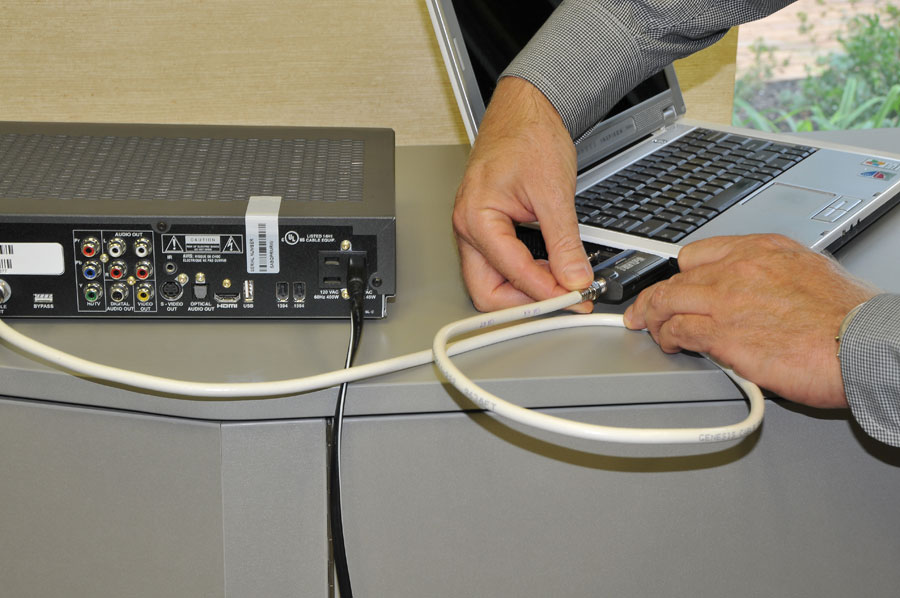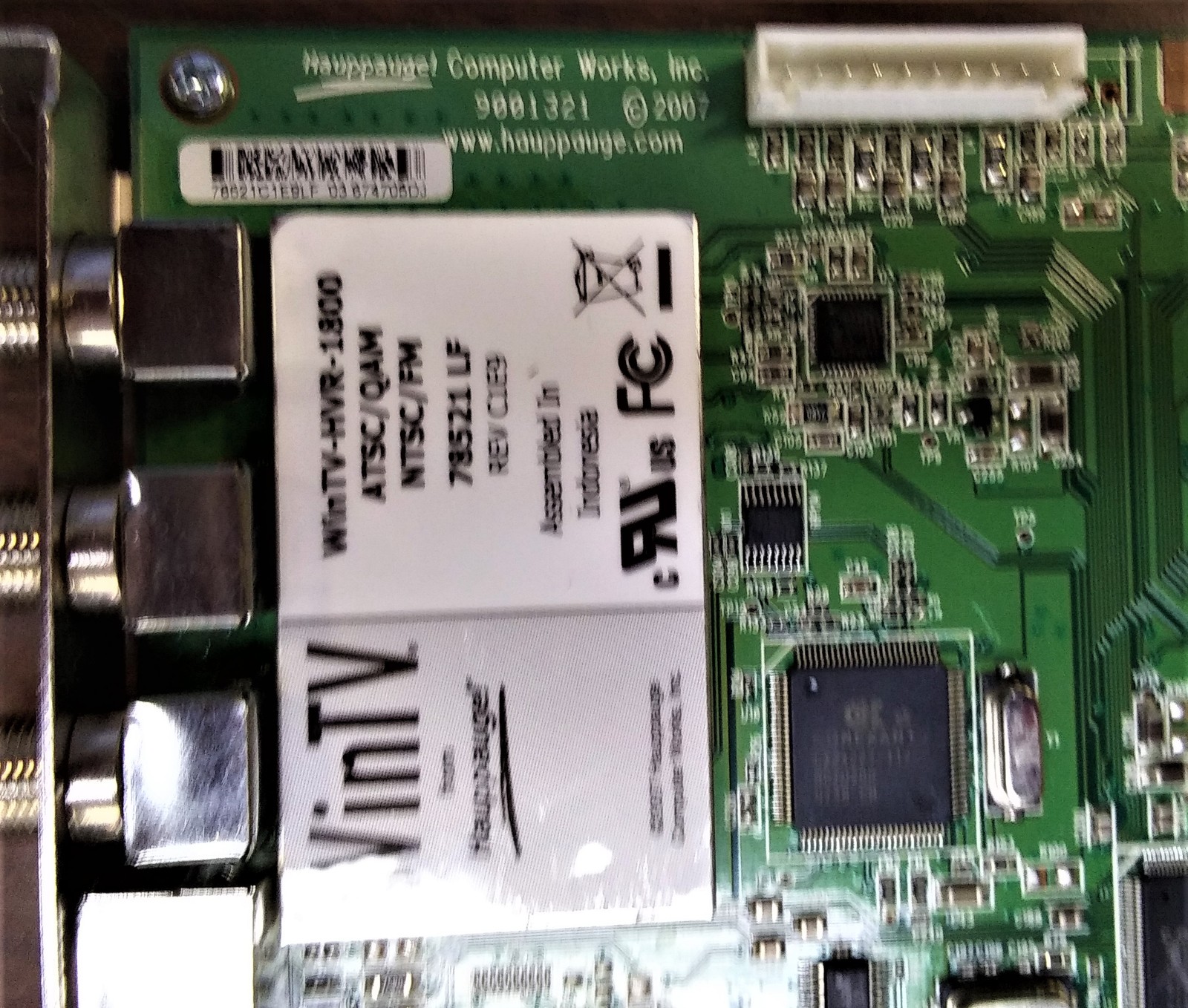

I'm actually an RPI alum and not a Purdue alum. In any case, if you want to have interlaced video display correctly on an LCD monitor you will need to either use a decoder with the interlacing option turned on (and remember to turn it off when you want to watch a progressive format video), or re-encode the interlaced video using a deinterlace filter. The reason for this is that if you try to de-interlace a progressive video source (most videos you are likely to have on your computer will be progressive) it won't play right. Take VLC for example: VLC has deinterlacing disabled by default.
HAUPPAUGE WINTV HVR1800 INSTALL
The drivers from Hauppauge do not install because compatible hardware is not found. The HVR-1600 works fine after installing the Hauppauge drivers but Device Manager does not detect the HVR-1800. Both worked fine until I updated to Windows 8 Pro. Ideally the decoder should do the deinterlacing for you, but in many cases the default option on decoders is to perform no deinterlacing. I have two tuners: Hauppauge HVR-1600 and HVR-1800. The following link explains this a lot better than I did: What is Deinterlacing? Facts, solutions, examples. It has a new look and new features, plus support for WinTV Extend. For TV in a window or full screen on Windows 10, 8 and 7. Conversely, an LCD monitor need a progressive video source so an interlaced video will have noticeable "combing" effect when viewed on an LCD if no deinterlacing filter is used. WinTV v10 is the new TV application from Hauppauge.


A CRT monitor does not need the source to be deinterlaced so an interlaced video will look perfectly normal on a CRT monitor. You are correct that the monitor plays no role in the de-interlacing process, but that wasn't the reason I asked if the OP was using a CRT. Click to expand.I think you may have misinterpreted my post a little bit.


 0 kommentar(er)
0 kommentar(er)
